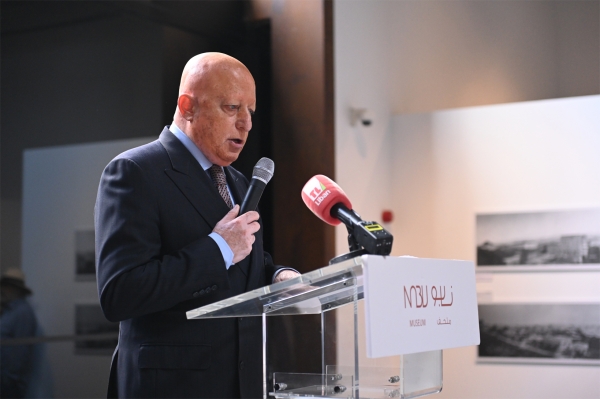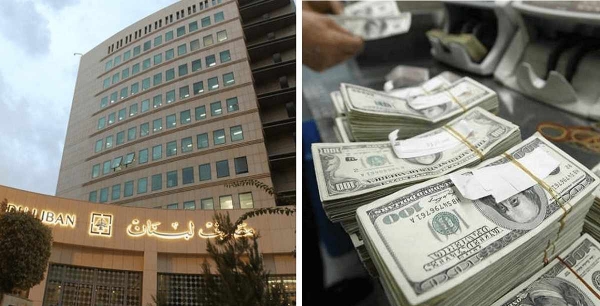Chronic Care Center
to think about ways that would educate people about Thalassemia and provide medico-social support services to those suffering from it in order to integrate them into society and help them start their own families. This is how the idea of the Chronic Care Center started. The Center was founded in 1993 as a non-profit medico-social institution dedicated to the care of vulnerable Thalassemic and insulin-dependent diabetic children.
What is Thalassemia?
Thalassemia is a severe form of anemia known as the Mediterranean anemia due to its high prevalence in the Mediterranean basin. The disorder is genetically inherited and passed down through families whose both parents are carriers of the defective gene. There is a 25% chance with each pregnancy of having a child with Thalassemia. The blood disorder manifests itself in children between 6 months and 2 years of age. At this stage, the Thalassemic child starts receiving blood units on a regular basis. Transfusions are a life-long treatment and should be repeated every 2 to 3 weeks. However, the frequent blood transfusions accumulate high levels of iron in the patient’s body, which can prove detrimental to certain organs and which entails an expensive iron-chelating therapy to treat the build-up of iron.
Chronic Care Center
The Chronic Care Center is the first medical institution of its kind in Lebanon. It specializes in the treatment and follow-up of the childhood chronic diseases of Thalassemia and Type I Diabetes and the Center has a blood bank, a genetic laboratory and a professional medical team of specialists, physicians, nurses and dietitians. The Center adopts a multidisciplinary approach in its therapeutic process and each patient is examined by a doctor who decides on the necessary treatment plan suitable for each individual patient. Social workers and psychologists empower both patients and parents to cope with the disease and focus on deepening their understanding of the possible complications and the different treatment procedures. Nutritional sessions are also provided to highlight the importance of a healthy and balanced diet, especially for diabetic patients.
In its attempt to attend to the complications that the patients diagnosed with Thalassemia and diabetes might suffer, the Center has expanded its medical team to include a cardiologist, an eye-care professional, a dentist, etc. This integrated course of therapeutic action saves parents the time and the cost of seeking medical assistance elsewhere.
It is noteworthy that the entire course of treatment and its follow-up are provided at nearly no cost and the Center has chosen not to introduce a network of branches in order to maintain its excellence of services and become a center for all referrals.
Parents can make an appointment for their children over the phone once they have learnt about their chronic illness. In urgent cases- mostly cases of diabetes- patients can drop by the facility without a prior notice providing they carry identification cards. Although foreigners do not receive free admission to the center like the Lebanese do, the charges they incur remain largely insignificant compared to the quality of the administered treatment. The Lebanese who wish to take part in their treatment expenses can donate a maximum of 10% of the total cost.
Being a health care facility for outpatients only, overnight stays are not allowed. Thalassemia patients visit the Center during the day to receive life-saving transfusions. As for diabetic patients, they pay frequent visits to the center in the initial stages of their treatment- once every couple of days- but their visits are reduced to once every month or two, once they have adjusted to the treatment and follow-up routine. Should any of the patients need a particular supervision or face a late night emergency, a 24-hour nursing hotline is available to respond to all emergencies and answer inquiries.
Achievements
Since Thalassemia requires a lifelong care, prevention plays a major part in the management of the illness. In 1994, the Center developed its first Thalassemia prevention program in cooperation with the Ministry of Social Affairs, which resulted in lowering the annual number of babies born with Thalassemia from 20 to 25 to fewer than 4.
The Center launched large-scale awareness campaigns and delivered educational lectures in schools and universities across Lebanon in order to enlighten students about the importance of pre-marital testing and pre-natal diagnosis and the risks of marrying a carrier of Thalassemia. The Ministry complemented the Center’s efforts by legislating pre-marital screening for Thalassemia.
Unlike Thalassemia, the Type 1 Diabetes cannot be prevented, which explains the growing number of cases. Since its establishment, the Chronic Care Center has admitted 1876 patients with diabetes and 724 with Thalassemia. Currently, 525 diabetic patients are receiving regular treatment at the center and every year 100 to 125 new patients are admitted.
Challenges
With every patient needing no less than 18 blood transfusions per year, maintaining supplies of blood constitutes one of the major concerns facing the Chronic Care Center today. Despite the Center’s tireless quest to collect blood donations with the assistance of the Red Cross and other NGOs, the patient’s family remains the most pressured party to provide a regular network of donors through friends and relatives.
Despite tremendous efforts made at self-financing, in order to reduce the gap between revenues and operational expenditures, the Center depends on the generosity of its supporters and friends to sustain the high level of patient care and research. Funding remains a key obstacle preventing the expansion of services to cover other chronic diseases. The current annual budget stands at USD 3.6 million, half of which is provided through private grants and donations.








Leave A Comment